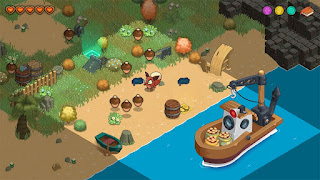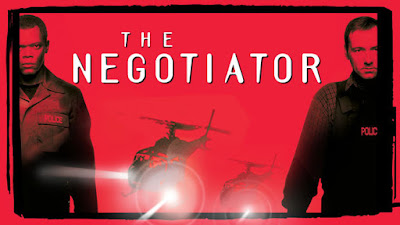Originally published on Set The Tape
The third issue of Teenage Mutant Ninja Turtles: Bebop & Rocksteady Hit the Road draws from Turtles history to throw further obstacles into the way of the titular duo in their attempt to get home to New York. Having been returned to human form and wounded close to the point of death, the time travelling demonic villain Savanti Romero appears, offering to return the two of them to their mutant forms in exchange for their servitude.
And so, back in their mutant form and with Bebop sporting a fancy arm cast that shows his bones mending via x-rays, the two of them gladly agree to serve the villain, assisting him in his attempt to get back to the 79th dimension.
Whilst Bebop and Rocksteady can be interesting characters – and Savanti Romero has been somewhat entertaining in the past – the pairing here feels very strange. There is no apparent reason as for why Romero needs the two mutants on his side, especially when their participation actually leads to Romero being captured by his enemies?
The three of them enter into a sky battle with people from the 79th dimension sent to capture Romero, with the ships chasing each other around buildings and along highways, before the dramatic conclusion. But this encapsulates the whole experience of the series: things happen for no real reason, they’re big and loud and over the top, but have very little impact on the whole story.
By the end of the issue the two of them are mutants again and still heading for New York; but that’s it. That’s the only thing that really happens.
The reveal towards the end of the issue as to the reason Bebop and Rocksteady were turned into humans again was the biggest thing to come out of the story*. As far as explanations go? It’s OK and not what I was expecting, but it’s nothing mind-blowing or a major revelation.
*(Spoiler: it was all part of an elaborate plot by Savanti Romero to get the two of them to work for him.)
Bebop and Rocksteady act as nothing more than bumbling sidekicks to a villain that himself has been reduced to a bit of an idiot in his own right. The whole event comes across as over the top and cartoonish. There are definitely better TMNT stories around – such as Teenage Mutant Ninja Turtles, Vol. 3: Fall and Rise, Teenage Mutant Ninja Turtles Vol. 19: Invasion of the Triceratons, and Teenage Mutant Ninja Turtles: The IDW Collection Volume 7 – and especially so if you like the fun and cartoonish tales. Teenage Mutant Ninja Turtles: Bebop & Rocksteady Hit the Road is brightly coloured and flashy, but lacks any real depth or substance.
Go to Amy's Blog

















